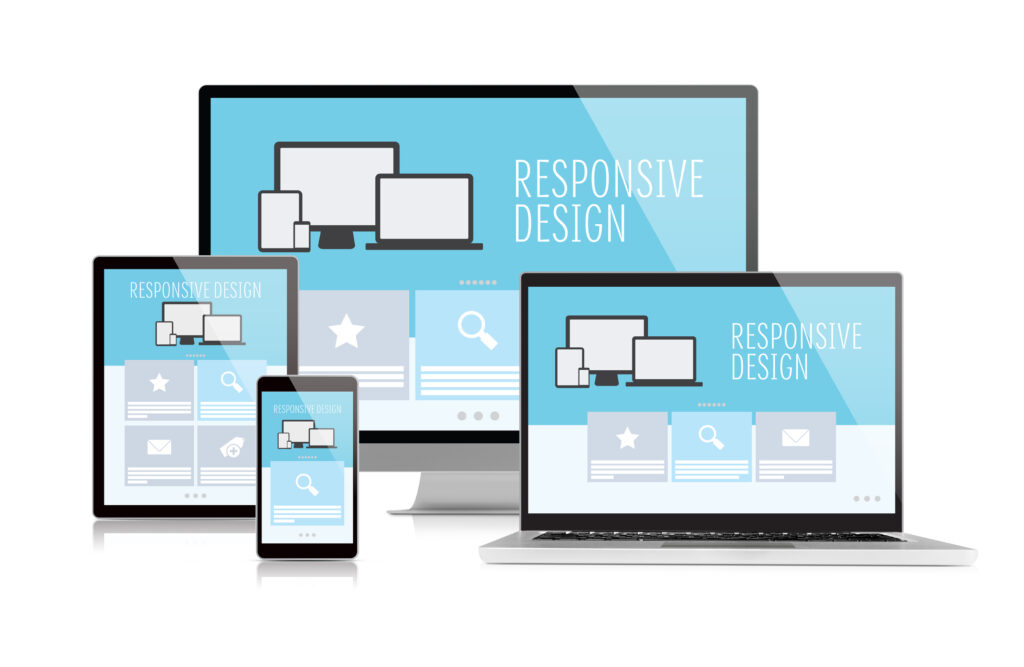The importance of mobile-friendly websites cannot be understated. After all, the majority of Internet users access the web via smart phones and other mobile devices. These users see little difference between their desktops and their phones. So why do businesses keep using old website designs that were intended for use only on desktop computers?
The answers to this question range from inertia to the perceived expense. Nevertheless, it is important for your business to adjust to how potential customers interact with your website on mobile devices, and respond accordingly. Otherwise, customers will go elsewhere, resulting in lost sales and reduced profits.
Why Sites Underperform on Mobile
There are numerous items that negatively affect how your website performs on a mobile device. They include:
- Slow load speeds
- Blocked or hidden content
- Too much flash
- Too many popups
- Animation
- Videos
- Embedded images
- Too-long meta descriptions
- Inconsistent or outdated contact information in local search
- Too many redirects
- Too-small buttons
Three Ways to Update an Unfriendly Mobile Website
If your site is not mobile friendly at this time, you need to seriously consider making this a top marketing priority for 2017. There are numerous ways to approach converting a desktop-only site to a mobile-friendly one. While each will help improve your website’s performance on smartphones and other mobile devices, they are not created equal:
- Use responsive design. A responsive design serves mobile, first but adds features as screen size increases. Mobile-first websites work well on desktops, too. There is little downside to going from mobile to desktop and vice versa. This is a particularly good option if you are starting from scratch or if your website is a few years old—new development techniques exist to improve your front-end design and back-end coding.
- Use mobile plugins. The right plugin will convert your site to a mobile-friendly site when loaded on a phone or other device, based on what kind of device requests it. This is a good way to update your site without going through a full redesign.
- Convert your desktop site. Use a conversion platform to move your desktop site to a mobile-friendly site. The downside to this option is that you will have to maintain two websites. Search engines may then opt to penalize the desktop version.
Why You Need to Do Something Now!
Google has downgraded sites that are not mobile-friendly. This means that a site not optimized for mobile will not appear in the search engine results page (SERPS). As more than half of your visitors will be using mobile devices, you will lose out on a large percentage of potential customers. Quite simply, by not accommodating mobile users, your business will suffer.
Get Help
Your best option by far is to hire a web designer or consulting company with knowledge of responsive design. Bringing your website up to search engine and user experience best practices may take an initial investment, but will pay for itself in better traffic, increased user satisfaction and improved conversion rates.

